10 Ways To Protect Yourself In The Face Of A Cyclone
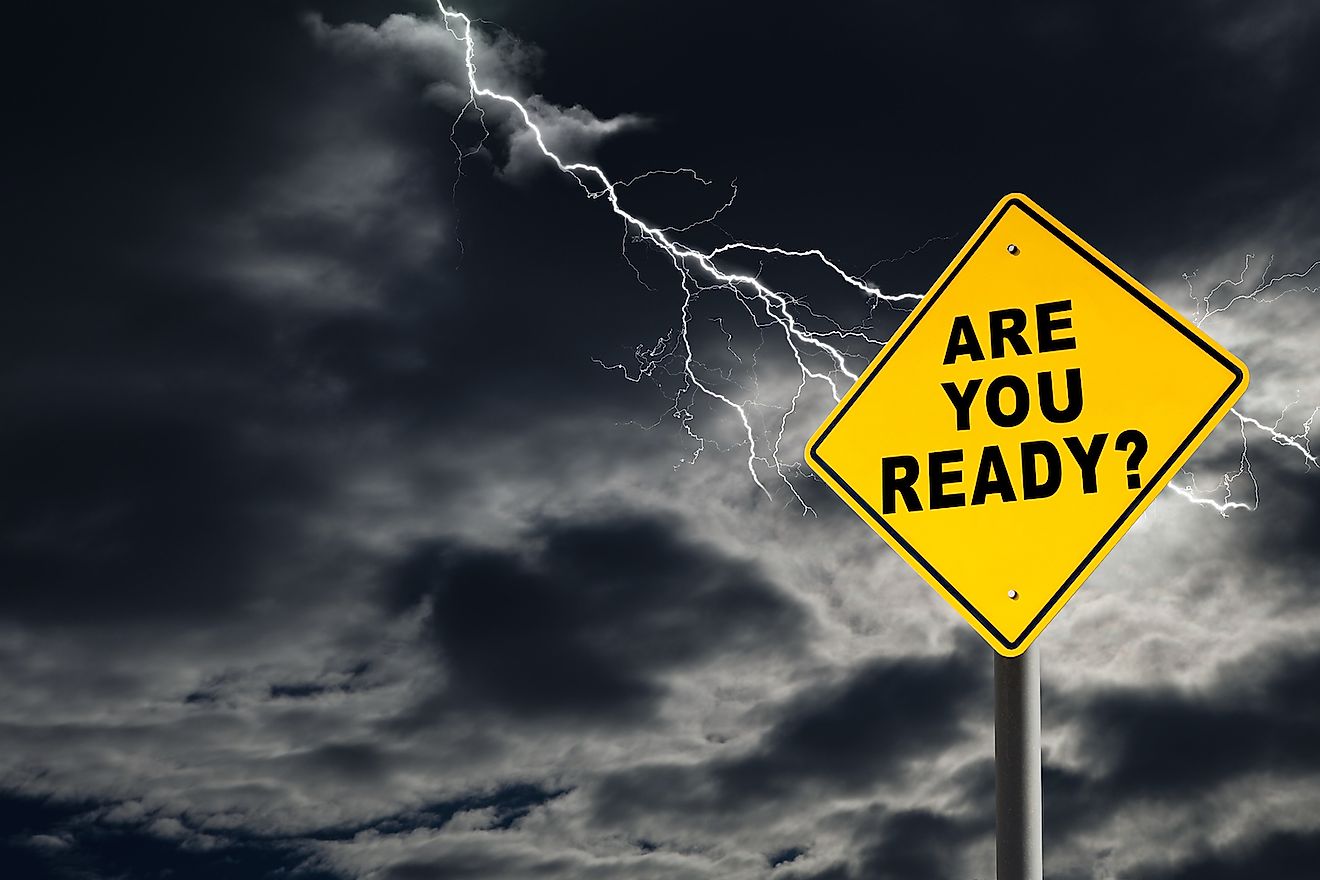
- Cyclone Tracy hit Darwin in 1974 and it was the most destructive.
- Cyclones spin clockwise in the Southern Hemisphere.
- In a cyclone's early or weak stages, it is called a tropical depression.
- Cyclones are the most dangerous natural hazard to human beings.
Tropical cyclones are violent, rotating storm systems that carry destructive winds, often devastating the coastal communities in their path. The storms are categorized on a scale of 1 to 5, with Category 5 bearing average gusts over flat land higher than 280 km/h, or 174 mph. The risks associated with cyclones are three-fold: they produce damaging winds, they bring heavy rainfall and result in major flooding, and they can cause a storm surge - a rise in sea level caused by the storm activity - which could be catastrophic to low-lying coastal regions.
Watches for tropical cyclones are typically issued when gales are expected within a 48-hour period, giving one or two days to prepare, so most of the work to protect homes, businesses and families from cyclones must be done in advance. Pre-storm season preparation for the threat of tropical storms includes developing an evacuation plans; putting together emergency kits and storing food and water; identifying the safest and nearest high ground and how best to get there; checking the walls, roof, and eaves of a house to ensure they are secure; trimming treetops and branches around the home; affixing shutters to windows; storing important documents like birth certificates and passports.
When a watch is issued, however, it is important to take further steps, like cleaning up outdoor property, filling vehicle tanks in case of evacuation orders, checking emergency kits and refilling water containers, ensuring battery-powered radios and lights are in working order, and ensuring family and neighbours are aware of the situation. Windows without shutters should be boarded up or heavily taped.
A warning is then issued when the cyclone is expected to hit within 24 hours, and at this point all families should be at home if not evacuated, vehicles should be parked in secure locations, in-gear and with the handbrake on, and windows and doors firmly shut.
10. Disconnect electricity, gas, and water
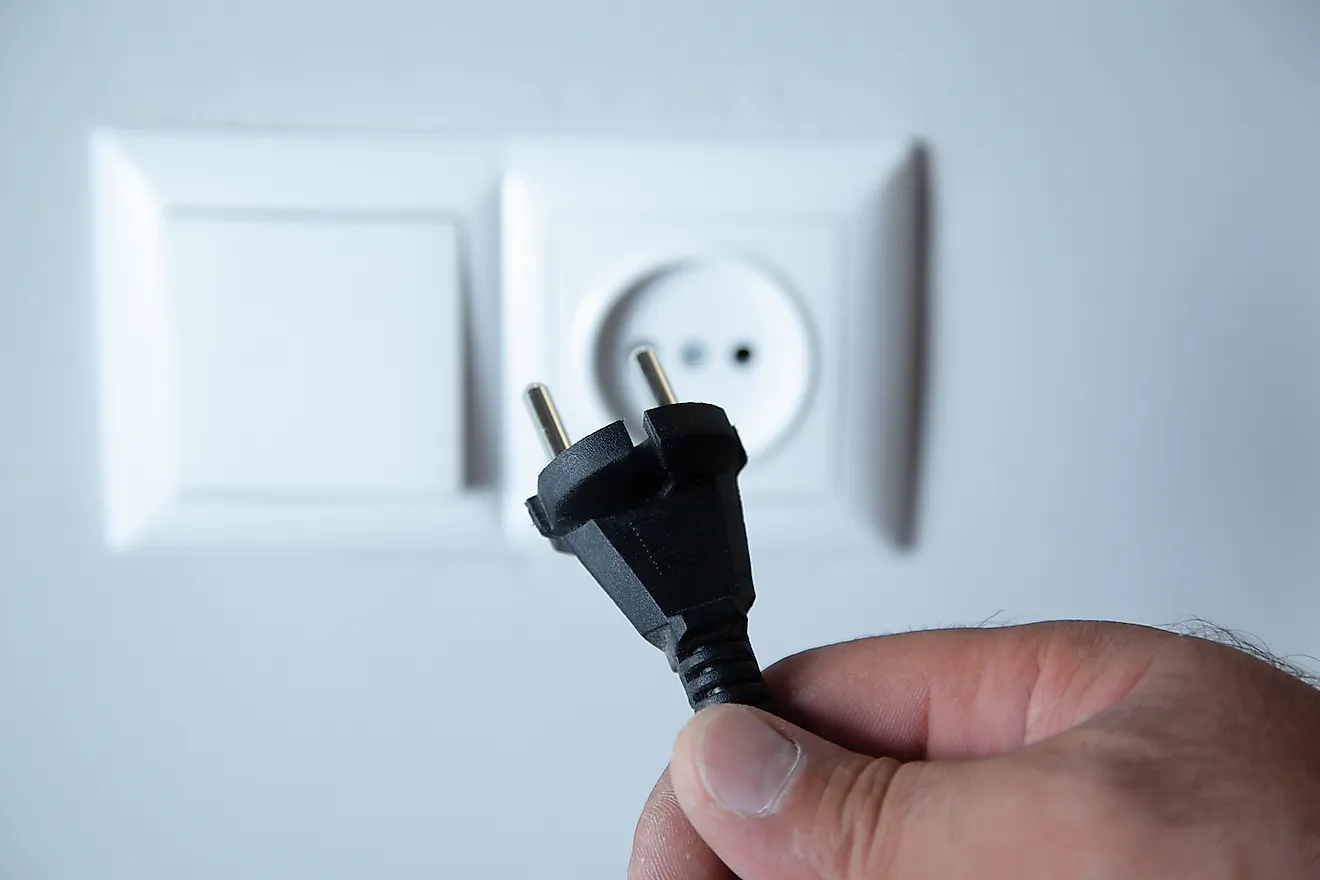
Surges in utility systems could cause damage to homes and buildings, so it is recommended all lines are turned off to avoid risks like leaks and possible fire. Additionally, appliances should be unplugged - particularly if water begins to enter a home, when electrocution becomes a possibility. Individuals are also reminded not to use wet appliances during or after the storm.
Without power in the home, it could be tempting to use camp stoves or charcoal grills for cooking but these items are discouraged in the event of a storm, as their use in closed-in spaces could cause a build-up of carbon monoxide, resulting in sudden illness or death.
Likewise, many officials suggest using flashlights rather than candles, to avoid a secondary threat during a cyclone. Open flame could lead to fire if not properly handled or monitored and during a severe storm help may not be available.
9. Put away outdoor furniture and toys
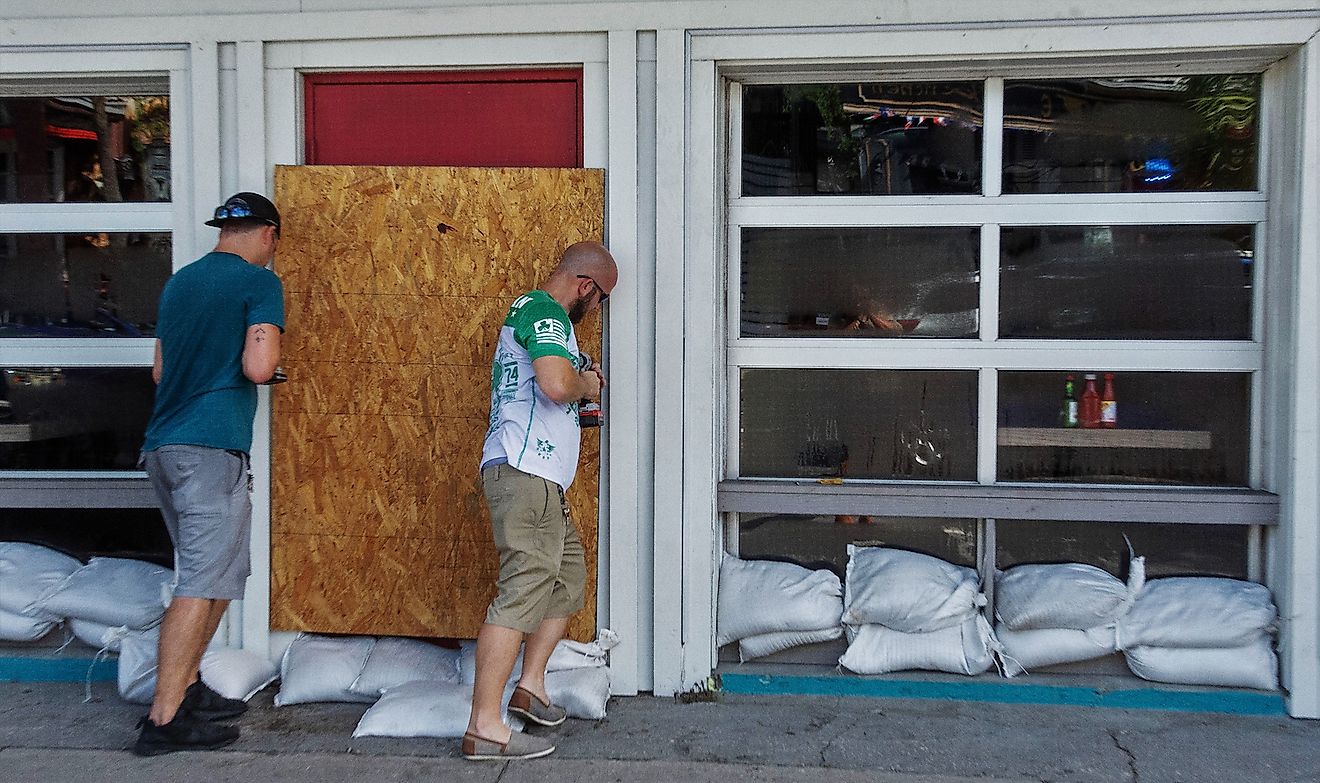
Any loose items in the front or back yard could potentially become missiles in high winds, being thrown against walls or through windows, and potentially striking the people inside, which could be lethal. All outdoor furniture should be moved indoors, as well as potted plants, bikes, and other toys. Any sculptures, fountains, or other objects difficult to move can be secured with burlap or blankets, tied down with rope.
8. Keep an emergency kit on-hand
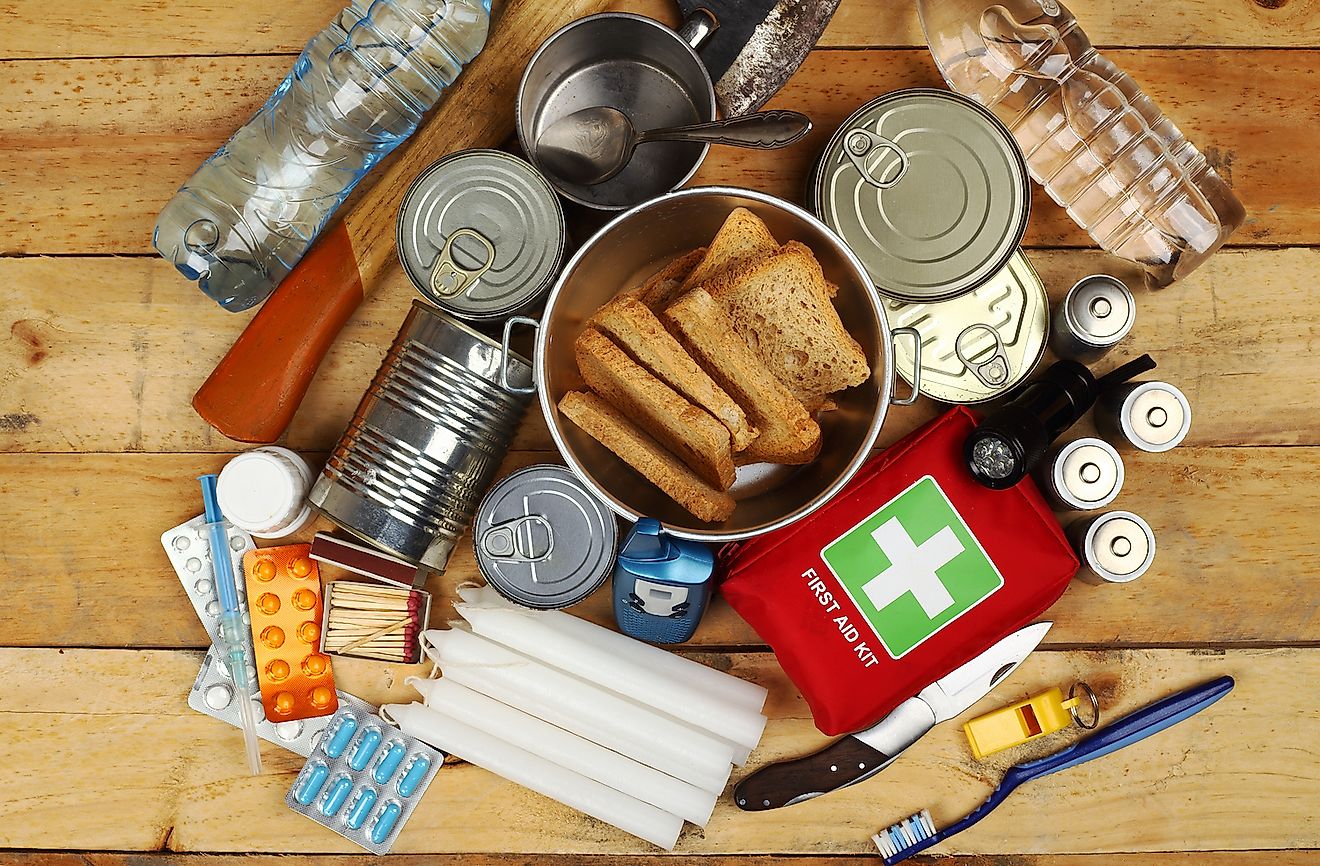
An emergency kit should be assembled well in advance of any storm threat, so it's readily available when the time comes to batten down the hatches. The kit should include a radio, batteries, flashlights, nonperishable food items (and a can opener), eating utensils, about three gallons of water per person (enough to last three days) candles and matches, important documents, essential medications, waterproof bags, a portable battery and phone charging cords, and a first-aid kit.
In addition, each household should have an evacuation kit comprised of warm clothing, medications, baby formula and diapers if necessary, important documents, special photos or mementos to be saved, cash and toiletries.
7. Tune in to local radio and television news
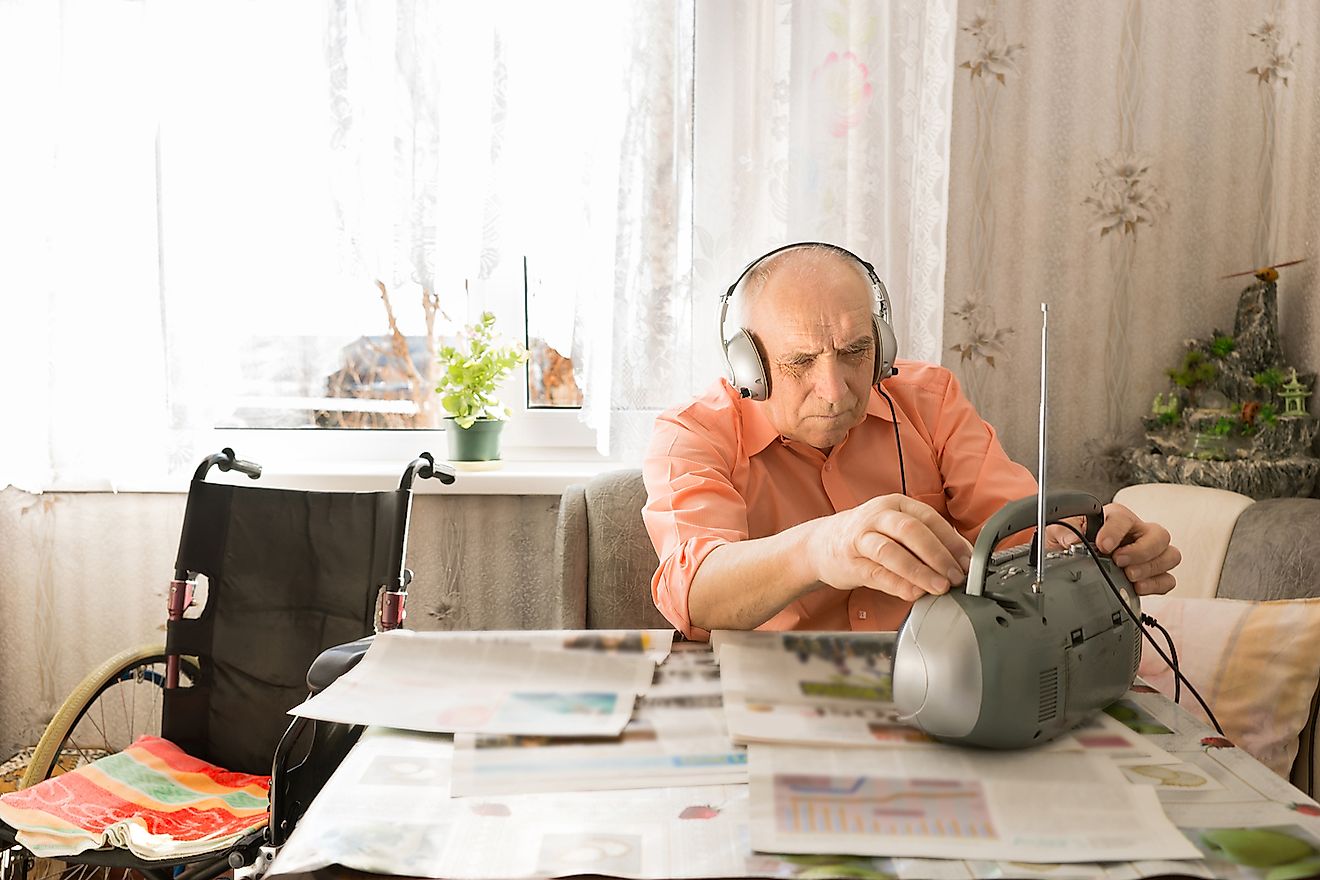
A portable, battery-powered radio should be part of an emergency kit so residents of a community can stay tuned to local updates from radio stations. In addition, cell phones can be used to follow news online and social media channels for instructions and updates on cyclones, as their path can change quickly and directions may be provided on the fly.
6. Evacuate immediately if ordered
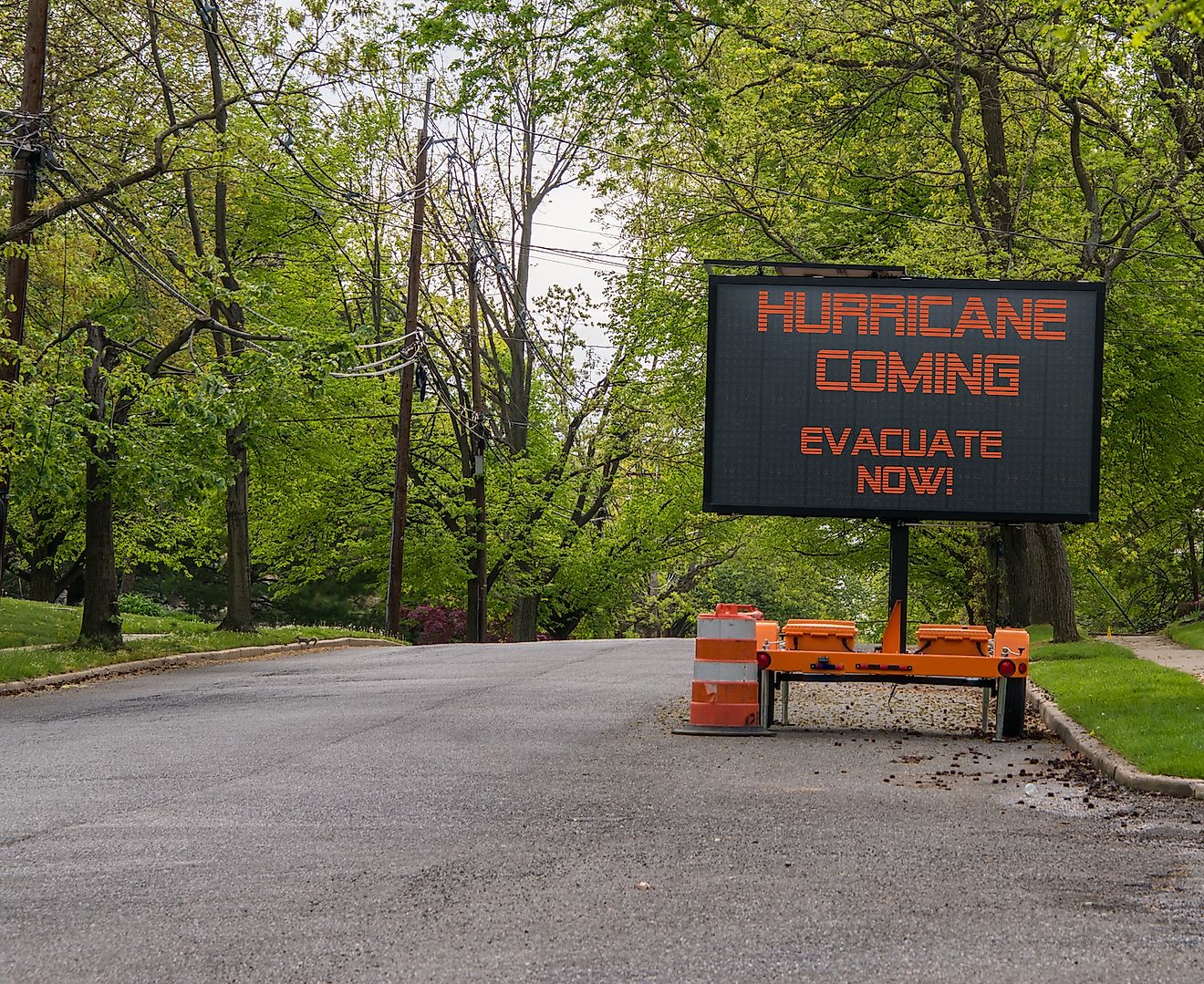
If an evacuation order is given in a local area, it's important for everyone to adhere to the direction and leave in an orderly manner. Before leaving the home, a checklist should be followed to ensure everyone is wearing sturdy shoes and warm clothing, the emergency and evacuation kits are brought along, all windows and doors are secured and locked, and utility lines are disconnected.
Pets can be brought along if possible, but if they must be left behind they should be shut in a laundry room, garage, or bathroom with the doors closed and an adequate supply of food and water to last up to three or four days.
Travelling could pose a risk and drivers must be especially careful on the roads, which could be prone to flash-flooding or areas of high water due to the storm. Those who do not get away in time and are caught on the road when the storm hits are advised to park in an area clear of dangers like power lines or trees, keep the hand brake on, and stay inside the vehicle.
5. Stay in the strongest part of the house
A safe room should be chosen in advance, so everyone in the household knows where to hide in the event of a cyclone. This room should be on the first floor, in a central part of the home, such as an internal hallway or bathroom, well clear of windows. This is where emergency and evacuation kits should be at the ready.
4. Protect yourself with strong and sturdy furniture
Should the home or buildings begin to break up at the hand of the cyclone, the recommendation is to anchor oneself to a water pipe, or hide under a strong bench, table, or bed, protected by a mattress, tarp, or blankets to prevent debris from causing injury.
3. Beware the eye of the storm
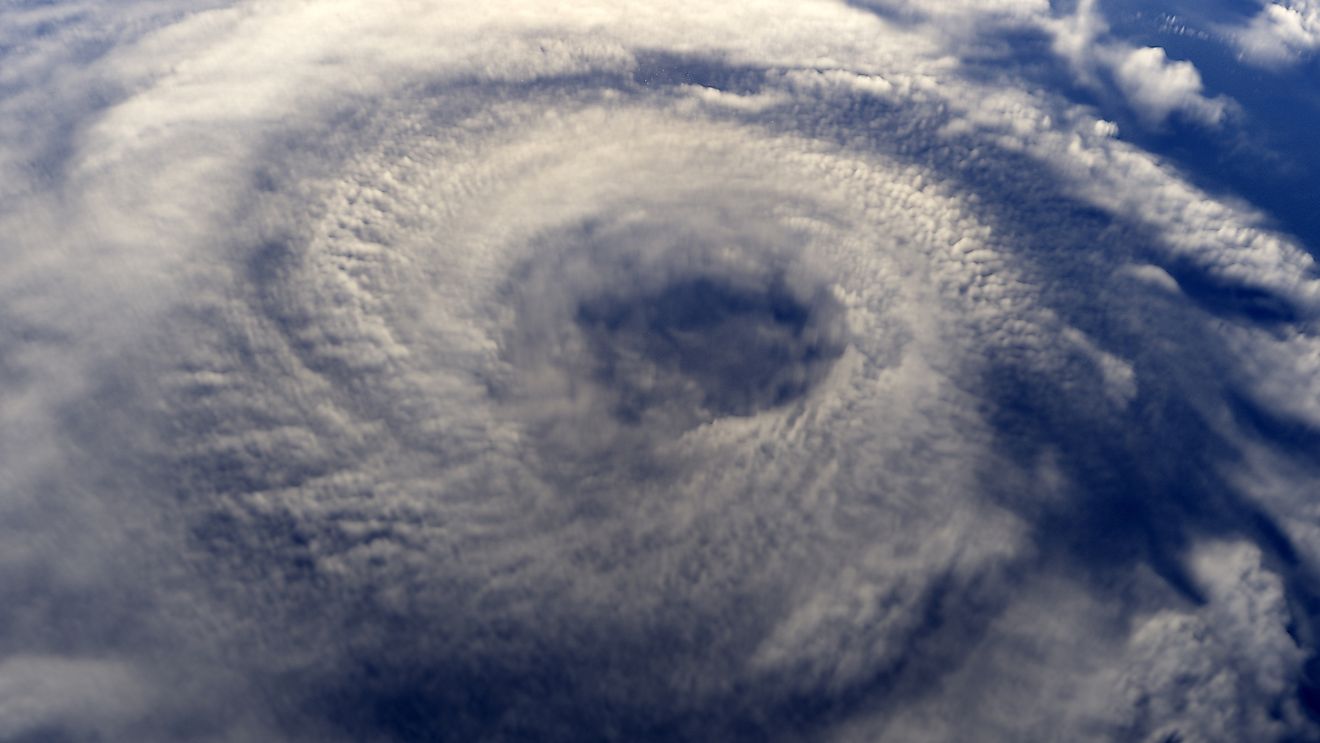
The eye of the storm is the epicenter around which the winds rotate, and is typically an eerily calm region of the cyclone. However, as it passes, destructive winds pick up from the opposite direction. It is important people remain indoors, in their safe room, during the eye of the storm in preparation for more violent winds and rain.
2. Stay indoors until the all-clear is given
An official all-clear will be be given by authorities once the immediate risk of the cyclone has passed, and it is important people do not wander out of their homes, buildings, or vehicles until that signal is issued. It could be the eye of the storm passing, which provides a false sense of safety, or there could be parts of the region still being hit by wind and rain, which could cause flash-flooding and other dangers such as falling trees or powerlines.
1. Don't enter floodwaters
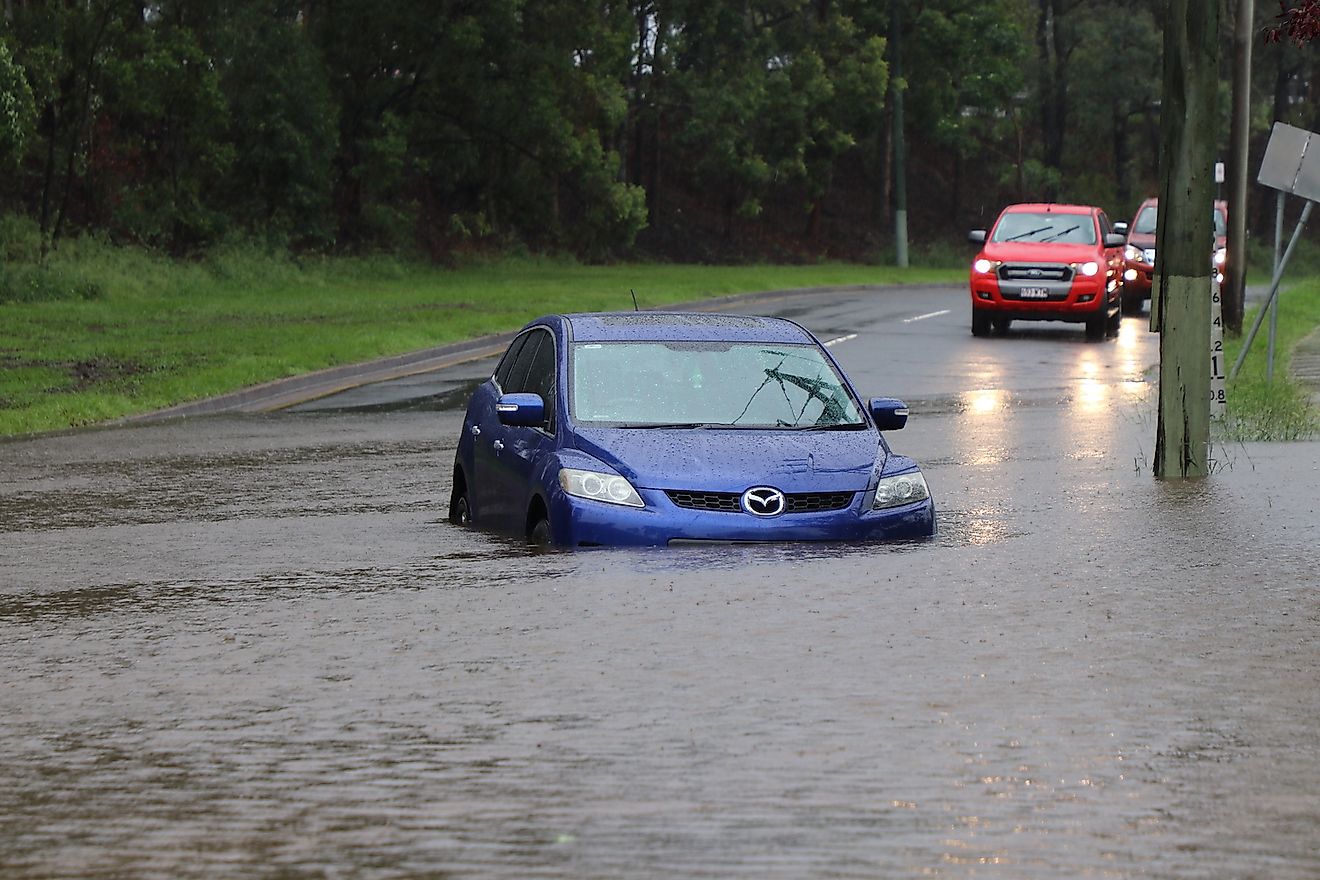
Once the all-clear signal has been given, it is important to exercise caution outside as the aftermath of the cyclone can be just as dangerous as the storm itself. Tuning into local news stations and authorities can help indicate which roads are flooded so certain areas can be avoided.
Floodwaters can hold hidden dangers, with debris and rushing water capable of sweeping away people and vehicles. Just 15 cm of moving water can knock a person of their feet, and four times that much can carry a vehicle downstream and stall out its engine. The water may also contain dangerous chemicals, human or animal waste, wild and stray animals, downed powers lines or trees, and a host of germs and contaminates.











